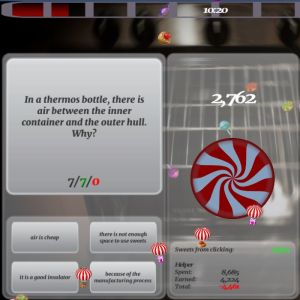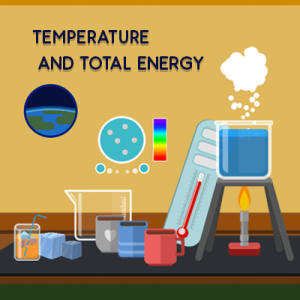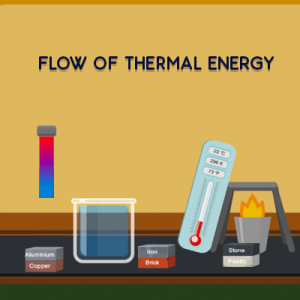Activity 1: Instructional Game. Estimated duration: 6 min
Eureka - High Temperature
You get to play hide and seek! In this set of activities, you will learn about heat transfer by looking for hidden items, completing mini-games, and answering questions focused on how atoms are affected by heat. The mini-games include activities like memory games, jig saw puzzles, and scenes where you need to highlight the differences. Pay attention so you can ace the quiz at the end. Good luck!

Ratings
Teacher Ratings (84) 3.7 stars.
Student Ratings (17358) 3.7 stars.




